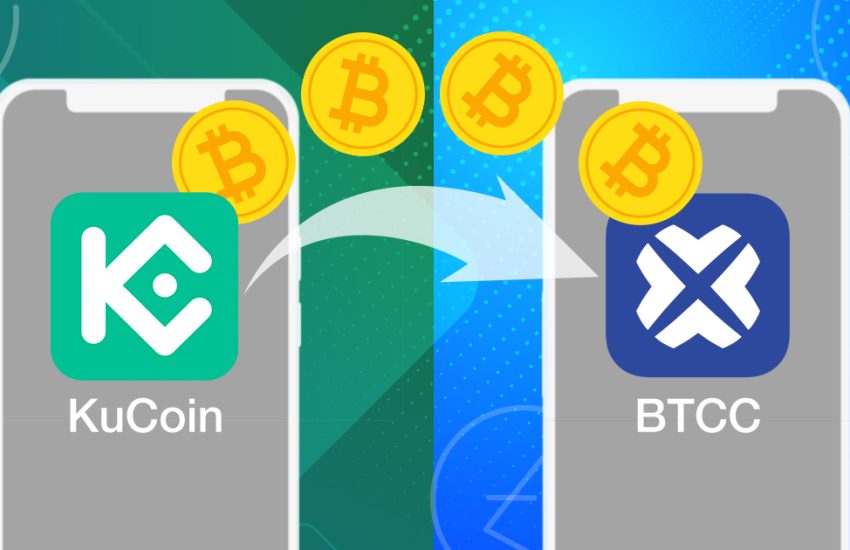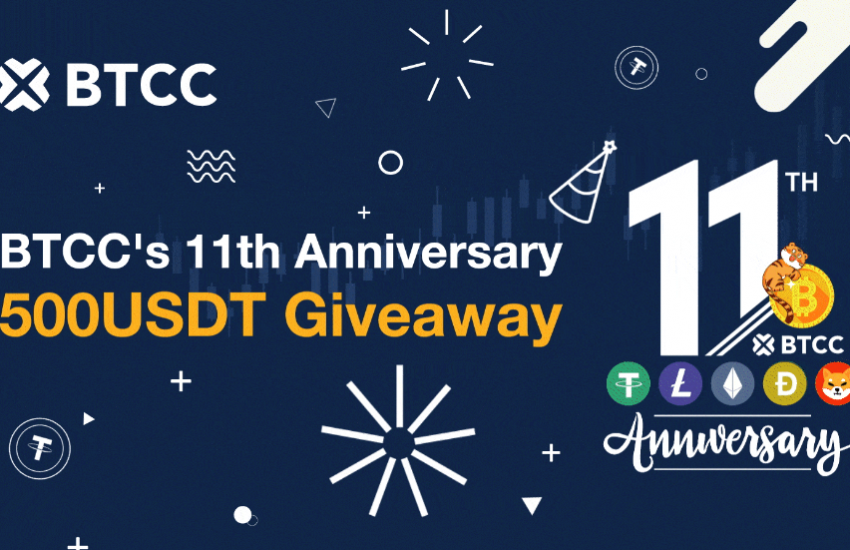Tuesday Coin Deep Dive: Why Did XRP Never Make the Breakthrough?
Last edited: Nov 24, 2021
Ripple Labs, and its XRP, was one of the few unicorns that became prominent in 2017 and early 2018, alongside Bitcoin (BTC) and Ethereum (ETH). When these three coins reached what was then the all-time highs (ATH) in prices, people predicted that BTC, ETH, and XRP will be the three biggest coins for years to come. Each coin had their own niche; BTC is the first cryptocurrency and is recognized as the best digital store of value; ETH is the most flexible cryptocurrency with a lot of room for scalability and ability to build ecosystems and applications on the blockchain network; XRP specializes in decentralized payment systems and allows its blockchain technology to be integrated within private corporations.
Now, in the year of 2021, BTC and ETH took off as the two coins that dominate in terms of market capitalization, and reflect the sentiments of the entire market, as the prices of other coins sway based on the price volatility of BTC and ETH. However, XRP, the coin primed to be on the top of the crypto world alongside BTC and ETH, never reached such status. In fact, XRP never even got close to being near the $4 mark back in January 2018, and has been stuck at around $0.5 – 1.4 the past 3+ years.
For early investors, XRP was a fantastic investment. If you had purchased $1,000 worth of XRP in 2017, at the price of $0.01 per coin, you would’ve had $385,000 by January 2018 – a 385,000% ROI. However, XRP crashed hard, and dropped below $1 by the end of January 2018. As of the writing of this article, XRP is still hovering around the $1 price level, while BTC have jumped more than 6x its end of January 2018 price, while ETH jumped more than 4x.
Fundamentally, XRP is targeting a completely different user base compared to BTC or ETH. BTC is a peer-to-peer electronic cash system that allows individuals to send or receive money through digital wallets, and is also a hedge against the inflation of fiat currencies as central banks around the world adopt quantitative easing policies. ETH facilitates the building of web3, decentralized applications, NFTs, communities, and all extensions of blockchain applications in a user’s personal life. XRP is focused on building an alternative system for cross-border payments between financial institutions, and thus is more of a B2B company rather than one targeting a general audience. As such, XRP’s adoption rate is much lower than that of BTC or ETH, and has less appeal towards crypto enthusiasts or casual investors.
The combination of focusing on facilitating private corporations and the low adoption rate that comes with such focus resulted in XRP not being nearly as widely used as BTC or ETH, and thus XRP’s price never took off.
Is XRP still an interesting project? Certainly. It has been adopted by various banks and payment companies to help them with cross-border payment solutions, with notable examples such as American Express, Bank of America, and Santander. However, these companies are not utilizing the coin itself, but rather the XCurrent messaging technology, due to the inherent volatility linked to the XRP coin.
In conclusion, XRP is not as much of an upside play as BTC or ETH, or alt-coins such as ADA and DOT, both of which have continually expanded their use cases through introducing new features such as smart contract capabilities and parachain auctions. However, investors could treat XRP like a blue chip stock in the stock market; it will maintain its relevance in the crypto world, since it is providing a specific service that no other competitor in the space has been able to replicate or surpass.
XRP price chart since January 2018 (courtesy of CoinMarketCap.com)


